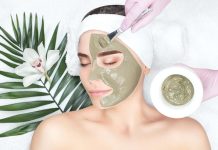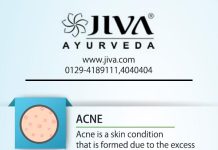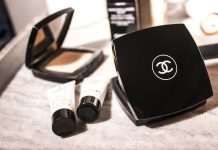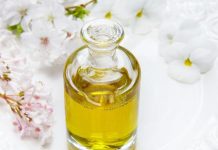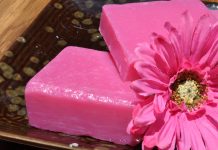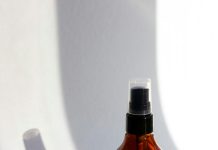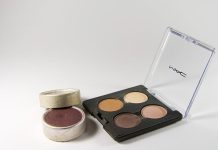In a world increasingly conscious of health and sustainability, the beauty industry stands at a crossroads. On one path lies the allure of natural beauty products, promising purity and a connection to the earth. On the other, the precision and innovation of synthetic formulations beckon with scientific prowess. As consumers navigate this vibrant landscape, the question arises: should we prioritize natural beauty products over their synthetic counterparts? This article delves into the heart of this debate, exploring the benefits, drawbacks, and ethical considerations of each option, inviting readers to reflect on their own values and choices in the quest for beauty.
Understanding the Ingredients: Natures Gifts vs. Laboratory Creations

When examining beauty products, it’s essential to delve into the contrasting worlds of nature and science. Natural ingredients are often celebrated for their purity and minimal processing. They include elements like essential oils, plant extracts, and minerals, which are believed to be more compatible with the skin’s natural chemistry. Enthusiasts argue that these ingredients, being less processed, retain more nutrients and are less likely to cause irritation.
On the other hand, laboratory creations offer a different set of advantages. Synthesized ingredients are engineered for consistency and efficacy. They can be designed to target specific skin concerns, offering potent solutions that might be challenging to achieve with natural components alone. Consider these points:
- Consistency: Lab-created ingredients are manufactured to be uniform, ensuring each product delivers the same experience.
- Efficacy: They often include scientifically backed compounds, such as peptides and retinoids, known for their effectiveness.
- Stability: These ingredients can offer longer shelf life and resistance to environmental factors.
Balancing nature’s gifts with scientific innovation allows consumers to tailor their beauty routines to personal preferences and skin needs.
The Environmental Impact: Sustainability in the Beauty Industry
The beauty industry has long been scrutinized for its environmental footprint, but recent shifts towards sustainability are reshaping its landscape. Natural beauty products often boast eco-friendly credentials, emphasizing biodegradable ingredients and reduced chemical runoff. These products typically source materials from sustainable agriculture, which helps maintain biodiversity and supports eco-conscious farming practices. Moreover, natural brands frequently prioritize eco-friendly packaging, using recycled or compostable materials to minimize waste.
On the other hand, synthetic beauty products are not without their own sustainable innovations. Advances in green chemistry allow for the creation of synthetic ingredients with a lower environmental impact, reducing reliance on resource-intensive natural harvesting. Some synthetic products offer longer shelf lives, decreasing the frequency of purchases and waste. Additionally, synthetic formulations can be engineered to be more efficient, using fewer resources for production. As both natural and synthetic sectors evolve, the focus should remain on transparency, environmental responsibility, and consumer education to drive truly sustainable beauty choices.
Health Considerations: What Goes on Your Skin Matters
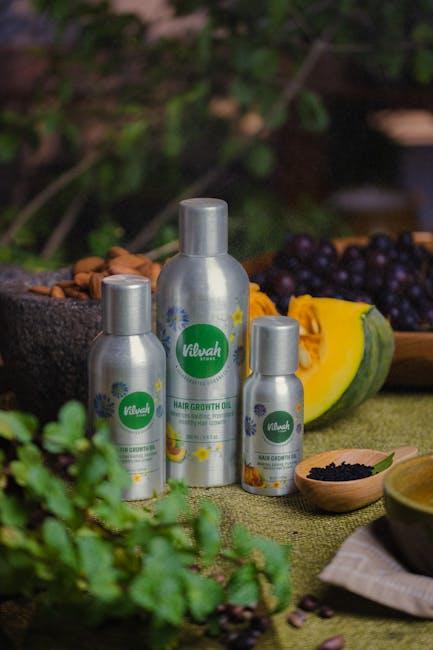
When considering what you apply to your skin, it’s essential to remember that it acts as a porous barrier, absorbing a portion of what it comes into contact with. Natural beauty products often boast ingredients derived from plants and minerals, avoiding the synthetic chemicals that can sometimes be found in their counterparts. This can reduce the risk of skin irritation and allergies, especially for those with sensitive skin.
- Fewer Chemicals: Natural products typically have fewer artificial ingredients, reducing exposure to potentially harmful substances.
- Eco-Friendly: These products often come with environmentally conscious packaging and sourcing, making them a sustainable choice.
- Rich in Nutrients: Ingredients like essential oils and botanical extracts can offer vitamins and antioxidants that nourish the skin.
However, it’s crucial to recognize that not all synthetic ingredients are harmful, and not all natural ingredients are safe for everyone. It’s about finding a balance that suits your skin’s needs and health priorities. Understanding ingredient labels and how they interact with your skin can empower you to make informed decisions.
Making Informed Choices: Tips for Selecting the Right Products

Choosing between natural and synthetic beauty products often involves weighing several factors to make an informed decision. While natural products boast ingredients derived from nature, it’s crucial to scrutinize their efficacy and safety. Synthetic products, on the other hand, are often formulated for stability and effectiveness, yet they may contain chemicals that some prefer to avoid. Here are some tips to help guide your selection process:
- Research Ingredients: Whether natural or synthetic, understanding what each ingredient does can be enlightening. Look for active ingredients and their benefits.
- Check Certifications: Certifications like USDA Organic or COSMOS can indicate that a product meets specific natural standards.
- Consider Allergies: Natural products can still trigger allergies. Patch test new products, especially if they contain essential oils or plant extracts.
- Assess Environmental Impact: Some natural products are more sustainable, but not always. Consider packaging and sourcing practices.
- Balance Performance and Preference: Ultimately, choose products that align with your values and skin needs, ensuring they deliver desired results.
Making a choice doesn’t have to be an all-or-nothing approach. Many consumers find a balance by mixing both natural and synthetic products in their routines to achieve optimal results.

